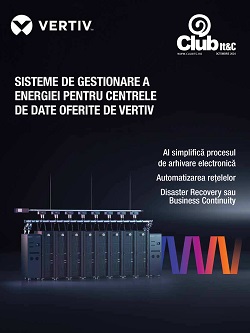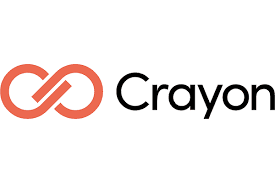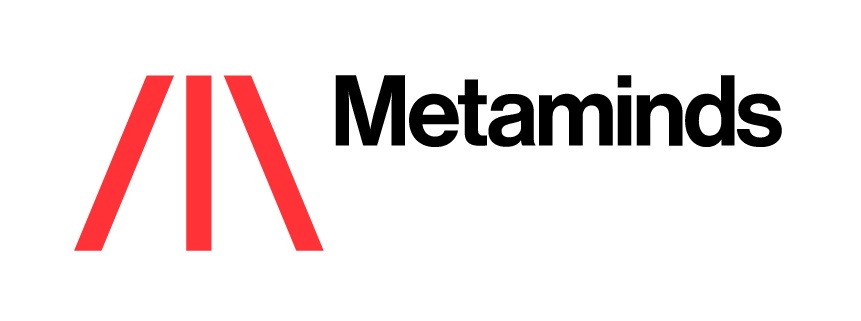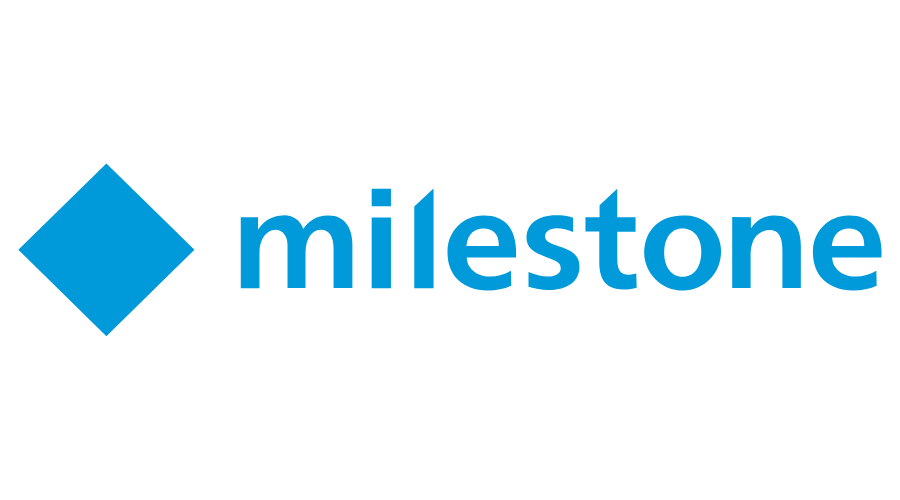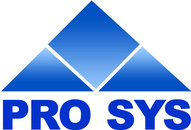While this is an exciting time to be a developer, there are still challenges – especially with the near-constant change. We spoke to Susan Haller, Senior Director of Advanced Analytics at SAS, about these challenges.
 Club IT&C: What are the challenges developers face during this time?
Club IT&C: What are the challenges developers face during this time?
Susan Haller: Developers are faced with keeping up with rapidly evolving algorithms, tools, frameworks and languages – especially when using different environments for different pieces of the process. Things like security upgrades can cause a ripple effect of testing and refining. Plus, moving to cloud computing brings its own difficulties as developers need to spin up the right environment for certain problems.
Club IT&C: To support developers, SAS has introduced SAS Viya Workbench. What is it all about?
Susan Haller: SAS Viya Workbench is all about productivity, speed, and making developers happy. It’s a self-service, cloud-based compute environment that supports every step of the analytic lifecycle, from data preparation, to exploratory analysis, to building advanced analytic, AI and ML models. It supports full flexibility with its multi-language architecture, so developers can use their language of choice with SAS and Python (currently available), and R (coming soon). It also provides flexibility in the development environment since it can integrate with popular IDEs such as VS Code and Jupyter Notebook, which are interfaces that enable developers to jump in quickly to environments they’re familiar with. Finally, Viya Workbench enables developers to set up and manage the cloud computing environment on demand, helping them scale the environment up or down based on their needs with just a few easy specifications and minimal (if any) IT support.
Club IT&C: What opportunities does the solution offer developers?
Susan Haller: SAS Viya Workbench helps you work faster and be more productive – and it gives you an incredible amount of flexibility. With this tool, all developers – including Python developers – can access SAS analytics without being dependent on a SAS language. The multi-language architecture includes custom Python libraries that help you access SAS analytics and embed them directly in your existing Python code.
Club IT&C: What benefits does SAS specifically with Viya Workbench enable organizations to have?
Susan Haller: Peace of mind for IT administrators, since every user is working from trusted installations of mission-critical software.
Club IT&C: What are the strengths that set Viya Workbench apart from similar solutions on the market? What does it have in addition? What sets it apart?
Susan Haller: While many competitors are largely open-source focused, Viya Workbench integrates both SAS’s proprietary analytic tools and open source, giving users the best of both worlds without having to switch platforms.
Viya Workbench was built alongside the SAS Viya ecosystem, which is not only secure, but also provides built-in governance.
Yet another benefit that sets Viya Workbench apart from other solutions is its on-demand, scalable resources that developers can easily spin up or down themselves. This helps developers focus on coding and innovation – not infrastructure management.
Club IT&C: When will it be available and where?
Susan Haller: SAS Viya Workbench is available today on the AWS Marketplace; we will introduce Azure next year.


